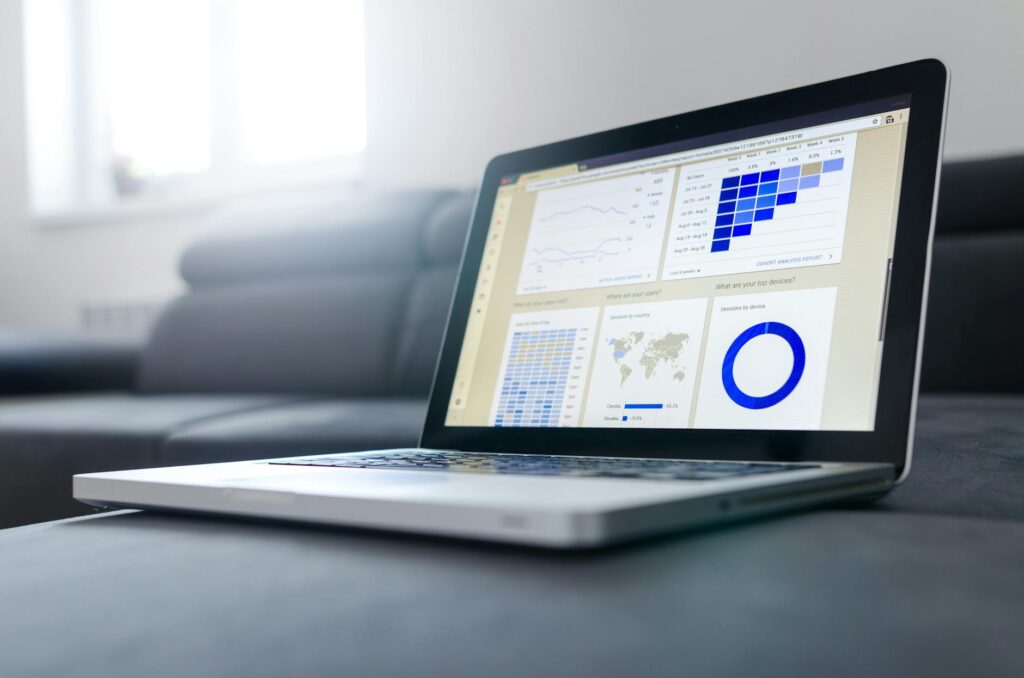What is productivity dashboard software?

What is productivity dashboard software?
In today’s fast-paced world, staying organized and managing tasks efficiently is crucial for success. This is where productivity dashboard software comes into play. By offering a comprehensive view of tasks, timelines, and performance metrics, these tools empower individuals and teams to enhance productivity and optimize time management.
Understanding Productivity Dashboard Software
Productivity dashboard software is a digital tool designed to consolidate various data points into a single interface, allowing users to monitor and manage their tasks effectively. At its core, this software provides visual representations of key performance indicators (KPIs), deadlines, and project statuses, making it easier to track progress and identify areas needing attention.
These dashboards can be tailored to individual preferences or organizational needs, allowing users to stay on top of their responsibilities without the clutter of traditional spreadsheets. By integrating various data sources, productivity dashboards present a holistic view of ongoing projects, tasks, and essential metrics.

Credit: Photo by Lukas
Key Features of Productivity Dashboard Software
To fully harness the power of productivity dashboard software, it’s essential to understand its key features:
-
Data Visualization: Dashboards utilize charts, graphs, and other visual elements to represent data, making it easier to comprehend complex information at a glance.
-
Task Tracking: Users can monitor the status of tasks, assign responsibilities, and set deadlines, ensuring accountability and timely completion of projects.
-
Integration Capabilities: Many productivity dashboards can integrate with other tools and software, streamlining workflows and centralizing data collection.
-
Reporting Tools: Robust reporting features allow users to generate insights based on performance, enabling data-driven decision-making.
These features work together to create an efficient environment for managing tasks and projects.
Types of Productivity Dashboards
Productivity dashboard software comes in various forms, each catering to different needs:
-
Personal Dashboards: These are tailored for individual users, focusing on personal task management and goal tracking.
-
Team Dashboards: Designed for collaborative environments, these dashboards allow team members to share tasks, track progress, and communicate effectively.
-
Organizational Dashboards: Aimed at managers and executives, these dashboards provide high-level insights into team performance, project statuses, and strategic goals.
Understanding the different types of dashboards can help you choose the right one for your needs.
Benefits of Using Productivity Dashboard Software
Incorporating productivity dashboard software into daily routines offers numerous advantages:
Improved Time Management
One of the primary benefits of productivity dashboard software is its ability to enhance time management. By providing a clear overview of tasks and deadlines, users can prioritize their responsibilities effectively. This helps in allocating time wisely, ensuring that critical tasks are completed first.
Enhanced Collaboration
Collaboration is vital in any team setting. Productivity dashboards foster teamwork by providing a shared platform for updates, feedback, and communication. When everyone has access to the same information, it reduces misunderstandings and enhances overall productivity.
Data-Driven Decision Making
With productivity dashboards, users can make informed decisions based on real-time data. By visualizing metrics and performance indicators, you can quickly identify trends, areas for improvement, and strategic opportunities. This capability transforms the decision-making process from guesswork to strategic planning.
How to Choose the Right Productivity Dashboard Software
Selecting the right productivity dashboard software is crucial for maximizing its benefits. Here are some tips to guide your decision:
Assess Your Needs
Before diving into the selection process, evaluate your specific productivity requirements. Are you looking for a tool to manage personal tasks, or do you need a collaborative platform for your team? Knowing your needs will help narrow down your options.
Integration with Existing Tools
It’s essential to consider how well the productivity dashboard integrates with the tools and software you’re already using. A seamless integration can save time and improve workflow efficiency. For example, linking your dashboard with your project management software can streamline task updates.
User Experience and Support
An intuitive design is vital for ensuring that all team members can use the software effectively. Look for solutions that offer clear navigation and user-friendly interfaces. Additionally, consider the available customer support options, as timely assistance can be critical when issues arise.
Conclusion
In summary, productivity dashboard software is a powerful tool for anyone looking to enhance their productivity and time management skills. By utilizing its features, users can improve time allocation, foster collaboration, and make data-driven decisions. As you consider adopting productivity dashboard software, reflect on your needs and the benefits it can bring to your daily routine. With the right tool, you can transform the way you manage tasks and projects, leading to a more organized and productive life.
For further insights into the benefits of such tools, explore resources like ThoughtSpot’s guide on dashboard software and discover how businesses leverage these technologies for success.